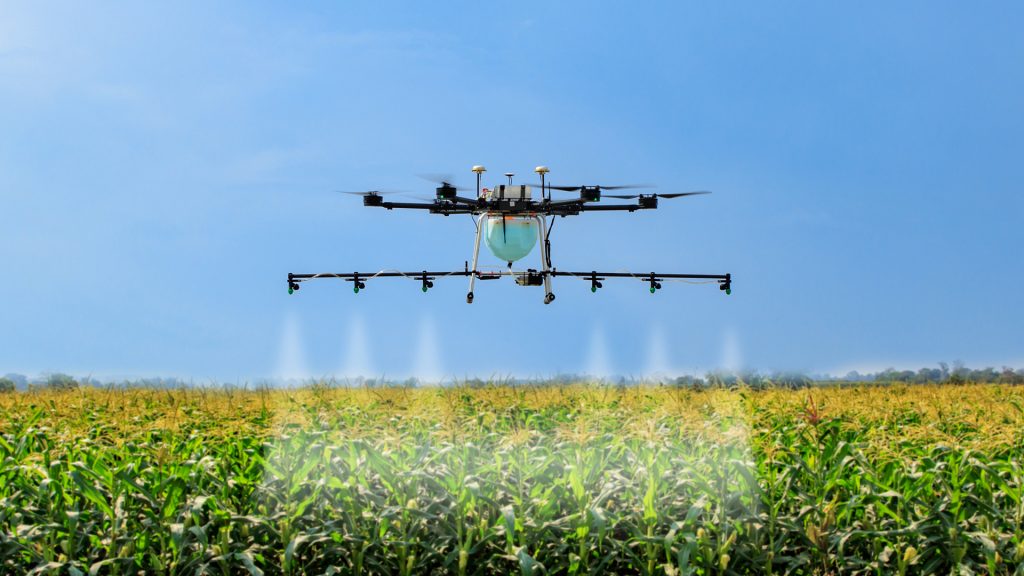Drones have made headlines globally for more than a decade, but their value to society still isn’t fully understood. However, drone usage in the agriculture industry is soaring, drastically increasing operational efficiency for farmers around the world. Let’s examine the beneficial ways drone technology is impacting smart agriculture.
Use of Drones in Agriculture
Drones are currently used in two standard agricultural applications — tracking and distribution.
• Tracking (and subsequent analysis) is used in both plant and livestock agriculture and helps farmers understand the status, resources, and productivity of their farms.
• Distribution using drones involves physically moving resources across a farm, including spreading agricultural chemicals such as pesticides, fungicides, and fertilizer.
Agricultural Drone Benefits
Data Visualization and Smart Agriculture Processing
Companies worldwide utilize intelligent drones and smart agriculture-specialized algorithms to analyze vast amounts of data in seconds. This data enables farmers to see how their crops are performing. In one instance, farmer Brent Gerke used drone technology from DroneDeploy to obtain a ‘bird’s-eye’ view of his farm to pinpoint the exact location of a large rust fungus in his wheat crop in minutes. So, how did he do it?
When you think of a healthy plant, it’s likely green and colorful. This indicates the plant’s overall vigor and status. Based on the condition of a plant, specific frequencies of light get reflected, and a distinct spectrum of colors is presented. Put simply, a thriving yellow tulip will reflect a rich green from its stem and leaves and a vibrant yellow from its petals. In addition, colors outside our visible spectrum of sight are also reflected, such as near-infrared colors. This presented color spectrum holds a significant amount of information about the plant and can be used to determine the overall health of entire crop fields.
When Brent Gerke used a drone to analyze his crops, he noticed varying levels of reflected light and a distinct spectrum that specific sections of his farm displayed, which indicated different levels of plant health across the land. Upon realizing that multiple areas ‘looked’ unhealthy from a spectrum analysis point of view, Gerke set out to visually inspect his wheat. He quickly discovered rust fungus in the visually unhealthy sections, which prompted him to use a specialized fungicide to return his plants to their expected vigor. Without the use of drone and camera technology, Gerke may have never detected the origin of the rust fungus until it had caused irreparable damage to his entire crop.
For the full article, go to the source here


